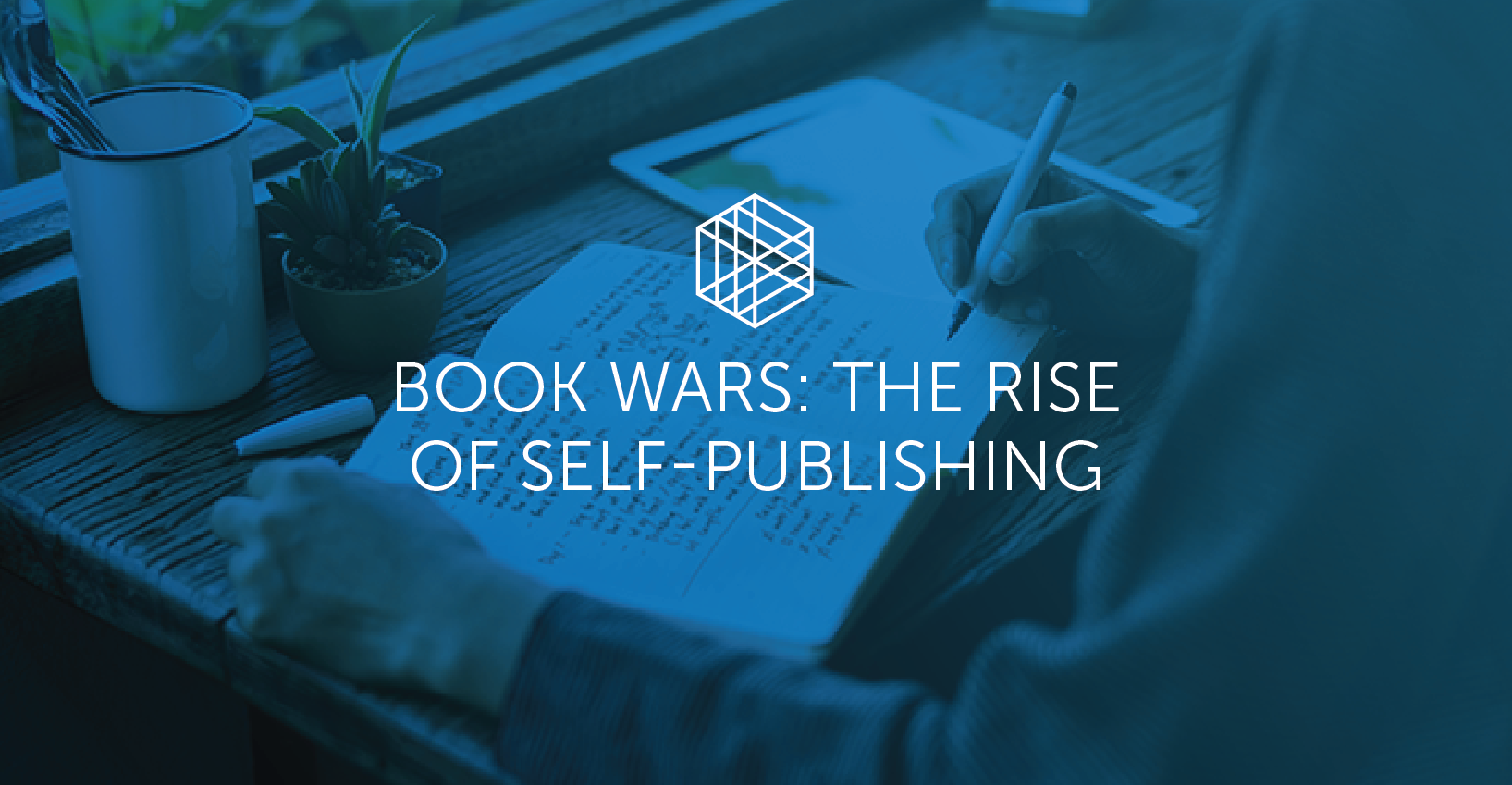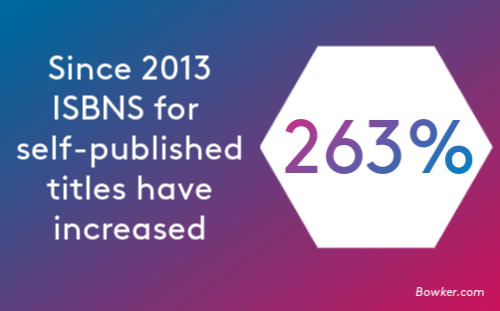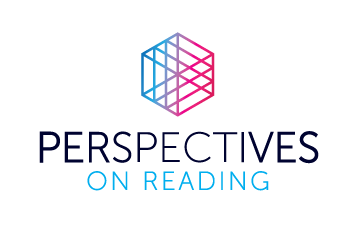Book wars: The rise of self-publishing

By Jill Grunenwald, Staff Writer | December 2019

Recently, many trade publishers, in reaction to a belief that libraries are harming their revenue, have started to change the terms under which they offer ebooks to public libraries. As these library lending concerns grow and the debate between print versus digital continues, there is always one component that is routinely left out of the conversation that can skew the overall picture presented, and that is the continued rise and popularity of self-publishing.
Part of self-publishing’s frequent absence from any story surrounding declining retail sales is because Amazon, the leading platform for self-publishing via Kindle Direct Publishing, is notoriously silent on the subject. This lack of transparency makes it difficult for anyone in the industry, including publishers, librarians, vendors and booksellers, to truly know what is happening when it comes to ebook sales.
But Amazon’s Kindle Direct Publishing is not the only platform available to authors who want to self-publish. Smashwords, Kobo Writing Life, Draft2Digital, IngramSpark, Barnes & Noble Press and others all offer publication avenues. Many authors take advantage of multiple platforms to expand their reach.
Although Amazon’s piece of the puzzle is missing, there are several other data points available that illustrate the growing trend among writers to turn to self-publishing rather than going through a traditional publishing house. One of the most compelling statistics is related to ISBNs. A book’s International Standard Book Number is a unique numerical product code used by libraries, booksellers and publishers to manage inventory and identify titles.

Last year, 1,677,781 ISBNs were assigned to self-published titles according to bibliographic information provider Bowker — a 40 percent increase over 2017. Since 2013, self-published ISBNS have risen a dramatic 263 percent.
It should be noted that even the 1.6 million figure is not a true reflection of the sheer number of titles, as ISBNs are not required to self-publish a book. Amazon, already noted as the leading ebook self-publishing platform, doesn’t require them.
Bookstat, an online paid service that tracks retail sales in real-time, estimates that in 2017, there were a total of 240 million self-published ebook units sold and that half a million self-published authors sold at least one book that year. Quartz, further examining the data from Bookstat, finds self-published titles make up nearly half of all ebook sales:

Self-publishing was once seen as a vanity project for authors who couldn’t make it with a traditional publishing house, but writers now see it as a lucrative income stream. In his 2017 letter to stakeholders, Amazon CEO Jeff Bezos announced over 1,000 self-published authors saw more than $100,000 in royalties thanks to Kindle Direct Publishing.
While it is impossible to know the exact number of self-published books available on the market, all data points available indicate they continue to make a bigger dent in the market year over year. The reality is that readers just have more books to choose from on a daily basis and often turn to self-published titles rather than those coming from a Big 5 publisher.
Beat Barblan, vice president of publishing and data services at Bowker, agrees: “The self-publishing landscape continues to improve, creating more and more opportunities for authors to manage their own path through the process. As more authors take advantage of the abundant tools now available to publish, distribute and market their own books, we expect that self-publishing will continue to grow at a steady pace.”



I agree with what Jill is saying between the lines. There are too many writers (and wanna bees) an the reading markket
is super saturated. Oh, for th days of Dickens again.